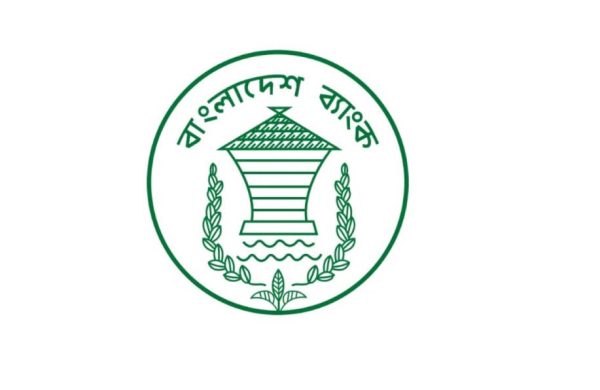What the new deposit-protection regime really changes for savers
- Update Time : Monday, November 24, 2025

TDS Desk:
Bangladesh’s deposit-protection framework has entered an entirely new phase with the publication of the Deposit Protection Ordinance 2025 and Bangladesh Bank’s subsequent circulation of the official gazette and operational rules.
The ordinance was published in the government gazette on November 13, and Bangladesh Bank forwarded the gazette and the full text of the law to all banks on November 23, attaching it with an official letter.
These initiatives mark the legal birth and the operational rollout of the country’s most ambitious deposit-safety overhaul in decades.
The reform matters because it directly affects every depositor – from small savers with modest balances to shopkeepers, freelancers, and small businesses dependent on transaction accounts. For the first time since 2000, the system that determines how much money customers get back when a bank fails has been fundamentally rebuilt.
The most visible change is the protection limit. Under the old Bank Deposit Insurance Act 2000, the maximum guaranteed amount was Tk1 lakh per depositor per bank. The new law doubles that ceiling to Tk2 lakh, reflecting rising deposit sizes and the need to shield a larger share of the public.
Regulators estimate that this change alone brings more than 90 percent of bank accounts under full coverage – meaning almost all ordinary savers would get their entire protected balance back even if their bank collapses.
But the overhaul is much deeper than a higher limit. The earlier law covered only banks. The new Act expands coverage to include non-bank financial institutions (NBFIs) – an important addition given how many urban savers place fixed deposits in leasing and finance companies. NBFI coverage becomes fully effective from 2028, allowing the sector time to adjust its systems to Bangladesh Bank’s standards.
Payout speed – one of the biggest weaknesses of the old regime – is being transformed. Where earlier compensation often took months, with a legal window that could stretch to 90 or even 180 days, the new law commits Bangladesh Bank to return insured deposits within 17 working days after a failure event.
This is a material shift in crisis-management culture and takes Bangladesh closer to international norms for fast depositor reimbursement.
The November ordinance also establishes a new Deposit Protection Board, chaired by the Bangladesh Bank governor, responsible for oversight, policy direction and periodic review of the protection limit.
The gazette and operational rules sent on 23 November go further, creating a dedicated Deposit Protection Department inside the central bank. This unit will handle data collection, premium assessments, simulation drills, eligibility verification and actual payouts.
Banks will be required to maintain accurate, real-time depositor records so the central bank can execute reimbursements without delays or disputes.
A major new feature is mandatory system-wide payout simulations. Bangladesh Bank will regularly test whether depositor data, bank servers, reconciliation systems and fund-flow arrangements can support an emergency payout at short notice. Earlier, the system had no such readiness requirements, and delays or gaps in data often stalled payments after bank failures.
Confidentiality protections have also been strengthened. All depositor information submitted for payout purposes now falls under the Official Secrets Act 1923, giving Bangladesh Bank strong legal authority to protect sensitive customer data and prosecute unauthorised disclosures.
The ordinance functions as the operating manual of deposit insurance: defining eligible and ineligible deposits, setting membership rules, outlining fund-contribution requirements and detailing the verification and payment workflow that banks must follow.
Taken together, the ordinance constitute the largest redesign of the depositor-protection regime since independence. For savers, it means clearer rights, faster access to protected funds and a stronger safety net in moments of crisis.
For banks and NBFIs, it introduces stricter governance, mandatory premium payments and continuous data-integrity obligations. And for the financial system as a whole, it marks a shift away from reactive, ad-hoc crisis management toward a rules-based model designed to preserve confidence even when individual institutions fail.















